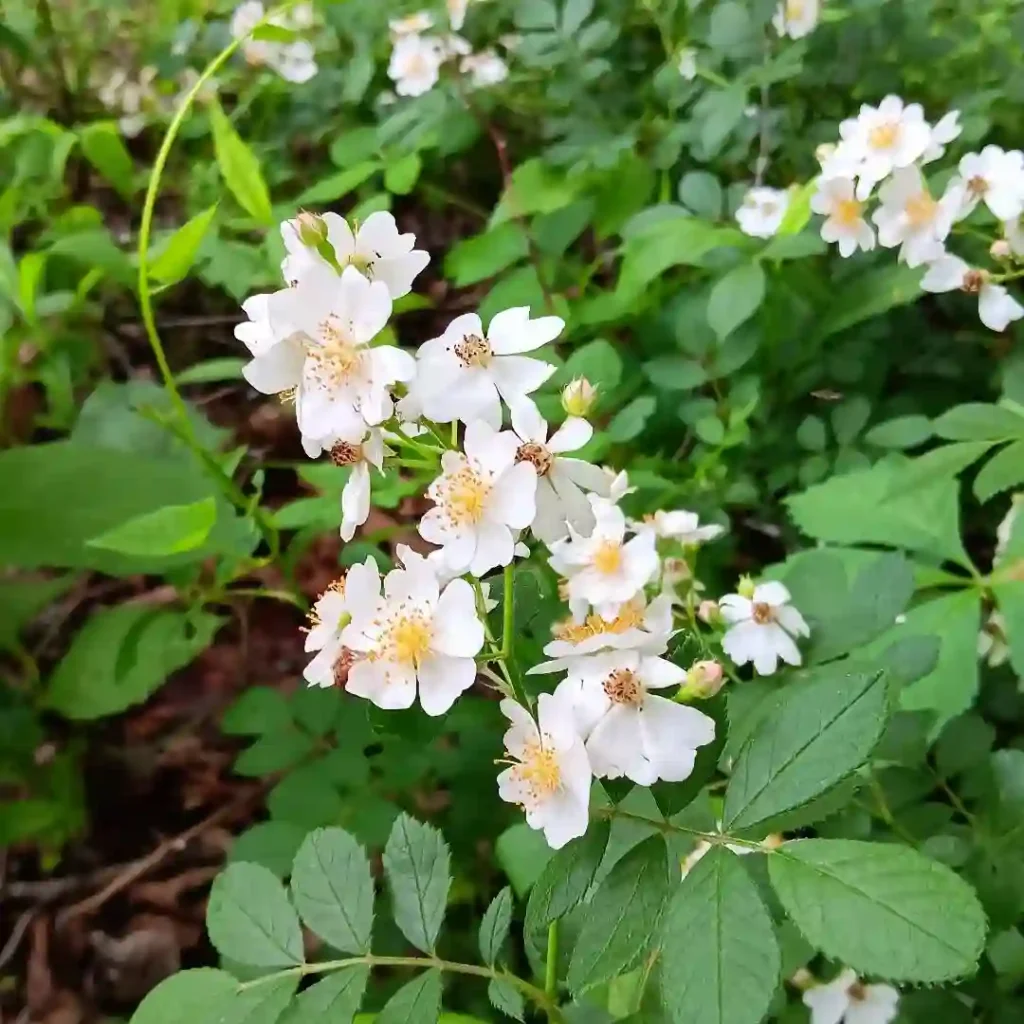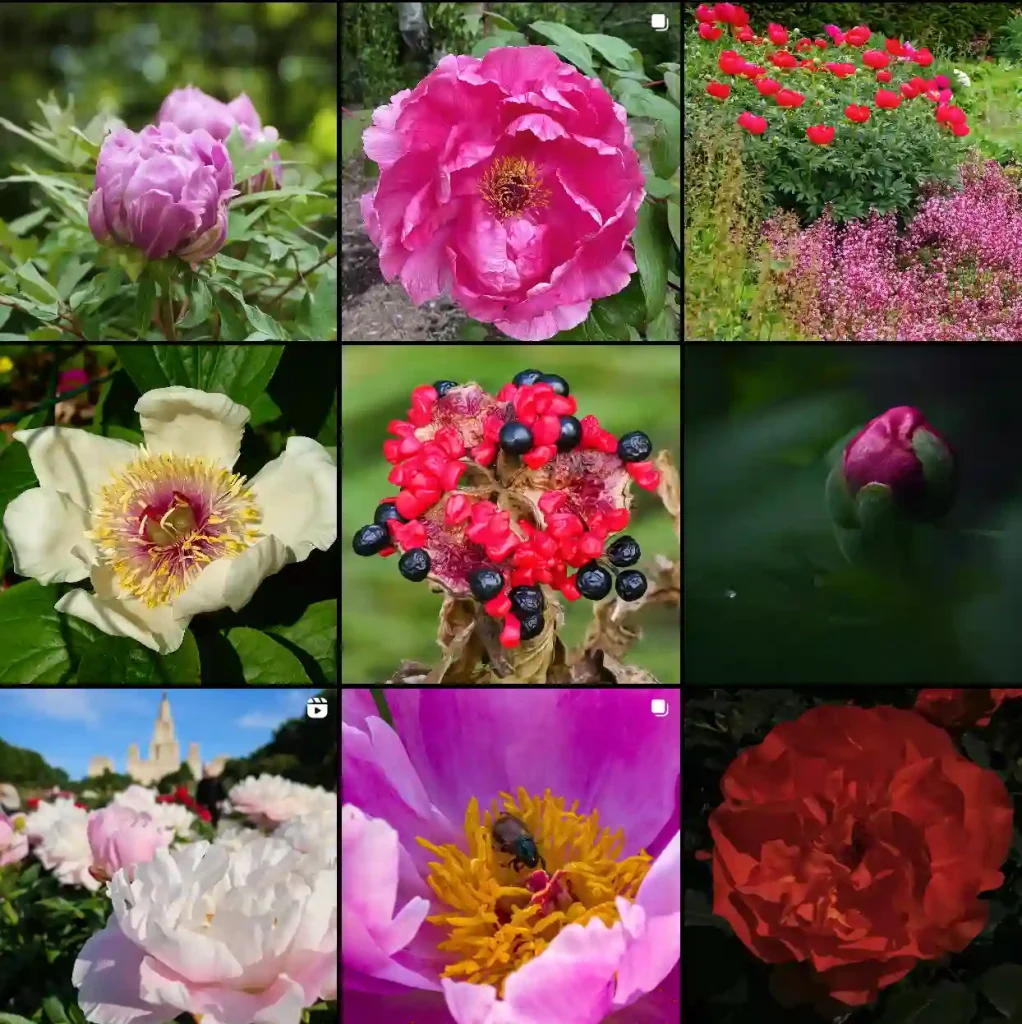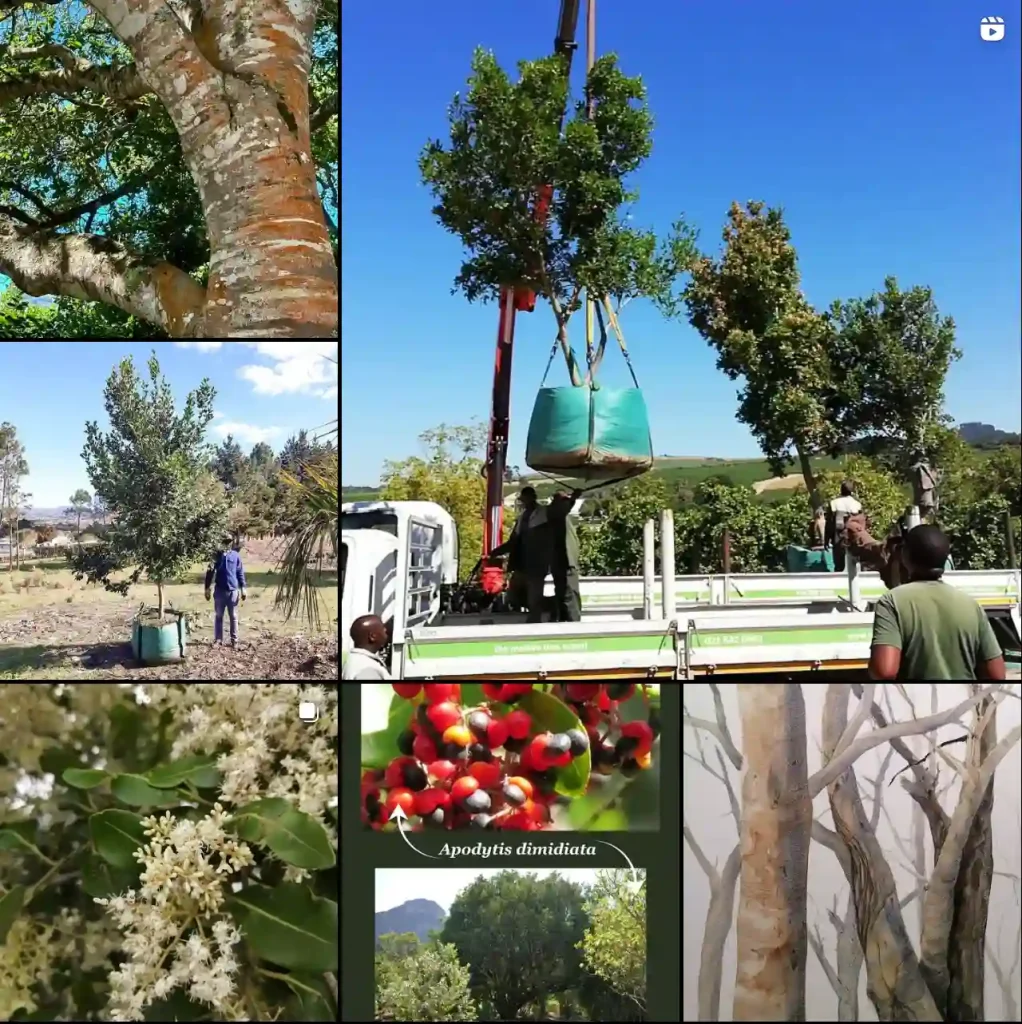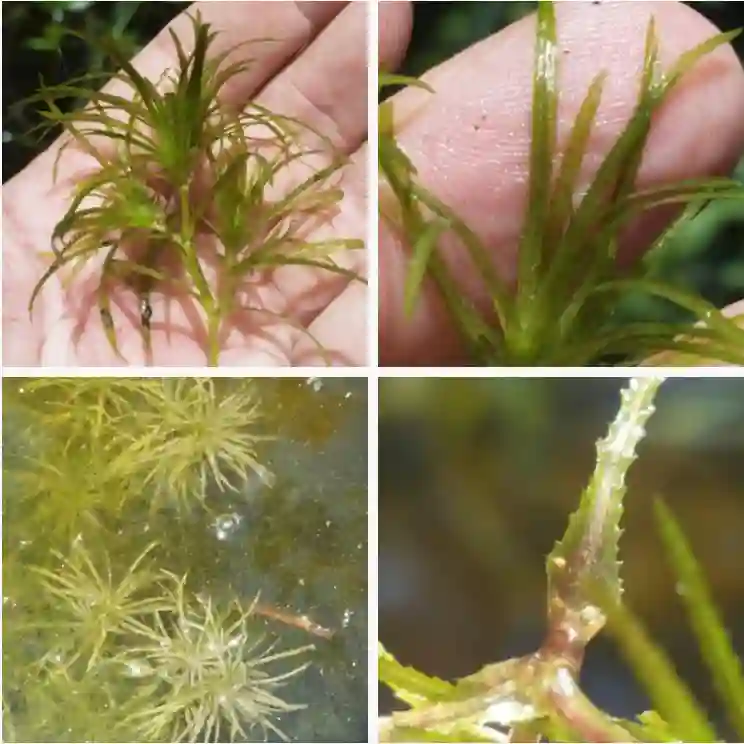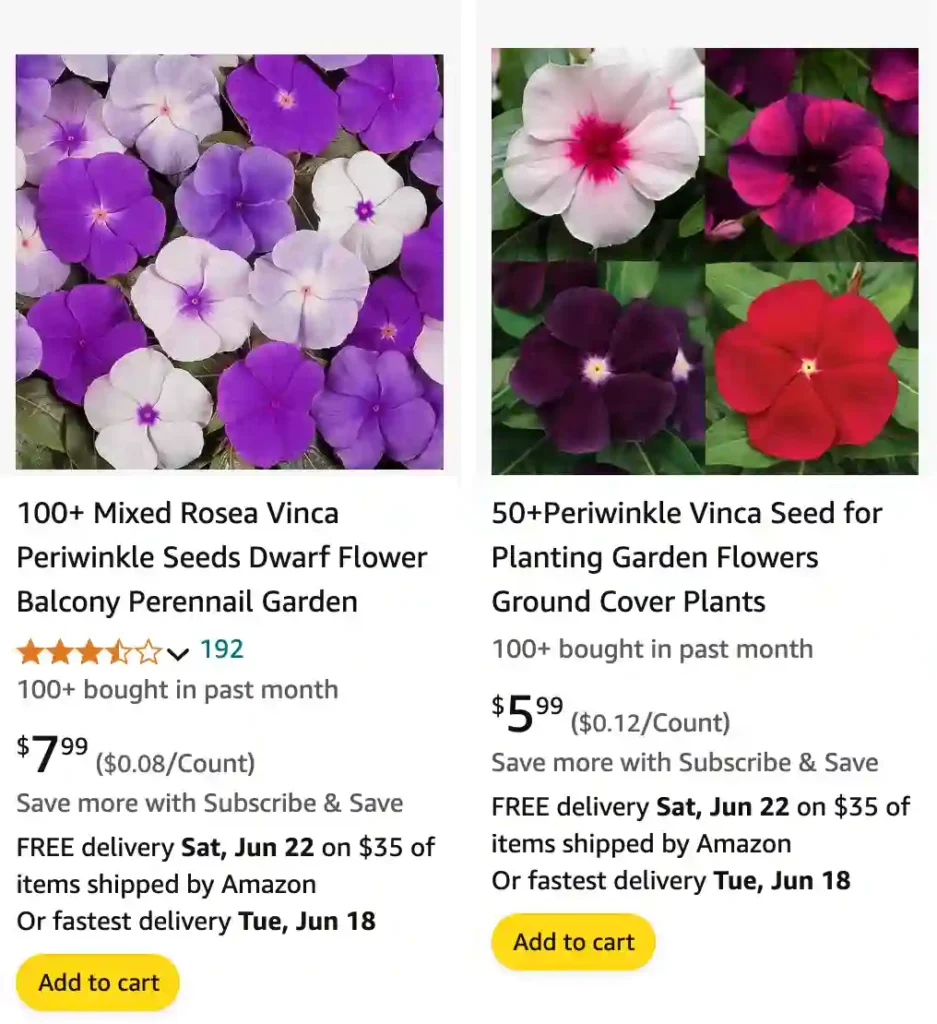
Periwinkle: A Little Flower with Big Answers
Periwinkle. The name itself evokes a sense of delicate beauty, a whisper of blue against a backdrop of green. But beyond its lovely hue, periwinkle offers a surprising amount of intrigue. As someone who’s always been fascinated by this little flower, I’ve delved deep to answer some of the most common questions swirling around it.
What is Periwinkle?
Periwinkle can refer to two things: a flower (Vinca) and a sea snail (Littorina littorea). This article focuses on the flowering periwinkle, a low-growing evergreen with vibrant blue blooms. There are over 50 species of periwinkle, each offering slight variations in flower color, size, and foliage.
How to Care for Periwinkle?
Periwinkle is a low-maintenance charmer. It thrives in well-drained soil and prefers partial shade. Water regularly during the first growing season, but established plants are remarkably drought-tolerant. A light feeding in spring with a balanced fertilizer keeps them happy. Deadheading spent flowers encourages continuous blooming throughout the season.
How to Propagate Periwinkle?
Periwinkle is a propagation dream. You can easily divide mature clumps in spring or fall. Simply dig up the plant, carefully separate the roots into sections, and replant them in their new homes. Stem cuttings work too! Take a 4-inch stem tip, remove the lower leaves, and plant it in a pot with moist soil. Keep it warm and humid, and soon you’ll have a new periwinkle on your hands.
What to Plant with Periwinkle?
Periwinkle’s trailing habit makes it a fantastic groundcover. Plant it under taller perennials or shrubs to add a pop of color and suppress weeds. It also works beautifully in hanging baskets or window boxes, spilling over the edges with its cheerful blooms.
How Do You Make the Color Periwinkle?
Ah, the elusive periwinkle hue. This lovely shade falls somewhere between blue and violet. To achieve it when mixing paints, start with a cool blue base and slowly add white to lighten it. A touch of red or pink can nudge it towards a more violet tone. Experimentation is key here – have fun and find your perfect periwinkle!
Periwinkle Meat? Not a Thing!
There seems to be some confusion about “periwinkle meat.” This isn’t related to the flowering periwinkle. It most likely refers to the meat of the periwinkle sea snail, a common seafood delicacy in some parts of the world.
Will Periwinkle Kill Other Plants?
Periwinkle can be a vigorous grower, but it’s not typically considered invasive. However, in ideal conditions, it may spread and crowd out slower-growing plants. To prevent this, edge your periwinkle beds or plant them in containers.
Do Deer Eat Periwinkle?
Good news for gardeners! Deer generally avoid periwinkle due to its slightly bitter taste. This makes it a great choice for areas with heavy deer browsing.
How to Get Rid of Periwinkle (if it becomes Overzealous)
If your periwinkle becomes a bit too enthusiastic, removing it requires some persistence. The best method is manual removal. Dig up as much of the root system as possible, being mindful of any desirable plants nearby. Periwinkle is tenacious, so you might need to repeat this process over a few weeks to ensure complete eradication.
Are Periwinkle Flowers Edible?
Technically, yes, periwinkle flowers are edible. However, they have a bland taste and aren’t particularly exciting to munch on. There are far more delicious options out there in the flower garden!
How to Collect Periwinkle Seeds?
Periwinkle readily produces tiny brown seeds after flowering. Once the seed capsules turn brown and begin to split, collect them and store them in a cool, dry place until spring.
How to Cook Periwinkles (the Sea Snail Kind)
If you’re curious about periwinkle sea snails as a culinary adventure, they require a bit of preparation. Boiling them for a few minutes loosens the meat from the shell. You can then enjoy them plain with a squeeze of lemon or use them in various seafood dishes.
Are Periwinkle and Vinca the Same Thing?
Yes, periwinkle and Vinca are the same genus. “Periwinkle” is the common name, while Vinca is the botanical name.
Can Periwinkle Grow Up a Trellis?
Periwinkle is a trailing vine, not a climbing plant. It won’t readily climb a trellis on its own. However, you can gently weave its stems through a trellis for a cascading effect.
How to Transplant Periwinkle
Transplanting periwinkle is a breeze. Choose a location with well-drained soil and amend it with some compost if needed. Dig a hole slightly larger than the root ball of your periwinkle. Gently remove the plant from its current location, teasing apart any tangled roots. Place it in the new hole, ensuring the crown (where the stems meet the roots) sits at ground level. Backfill the hole, water thoroughly, and keep the soil moist for the first few weeks until the plant establishes itself.
Is Periwinkle Poisonous to Cats?
Unfortunately, yes, periwinkle is considered toxic to cats. All parts of the plant contain vincamine, a compound that can cause gastrointestinal upset, tremors, and even seizures in felines. If you have curious cats and periwinkle in your garden, consider planting it in containers or raised beds to keep them out of reach.
What Do Periwinkles Taste Like? (The Sea Snail Kind)
Periwinkle sea snails have a salty, slightly briny flavor. Some describe it as similar to mussels or clams, but with a more delicate texture. They’re often enjoyed as a light snack or appetizer, seasoned with herbs, spices, or a squeeze of lemon.
I hope this comprehensive guide has answered all your burning questions about periwinkle! With its easy care, beautiful blooms, and surprising versatility, periwinkle is a true garden gem. So, the next time you encounter this delightful little flower, you’ll be armed with the knowledge to cultivate its beauty and charm in your own outdoor space.

